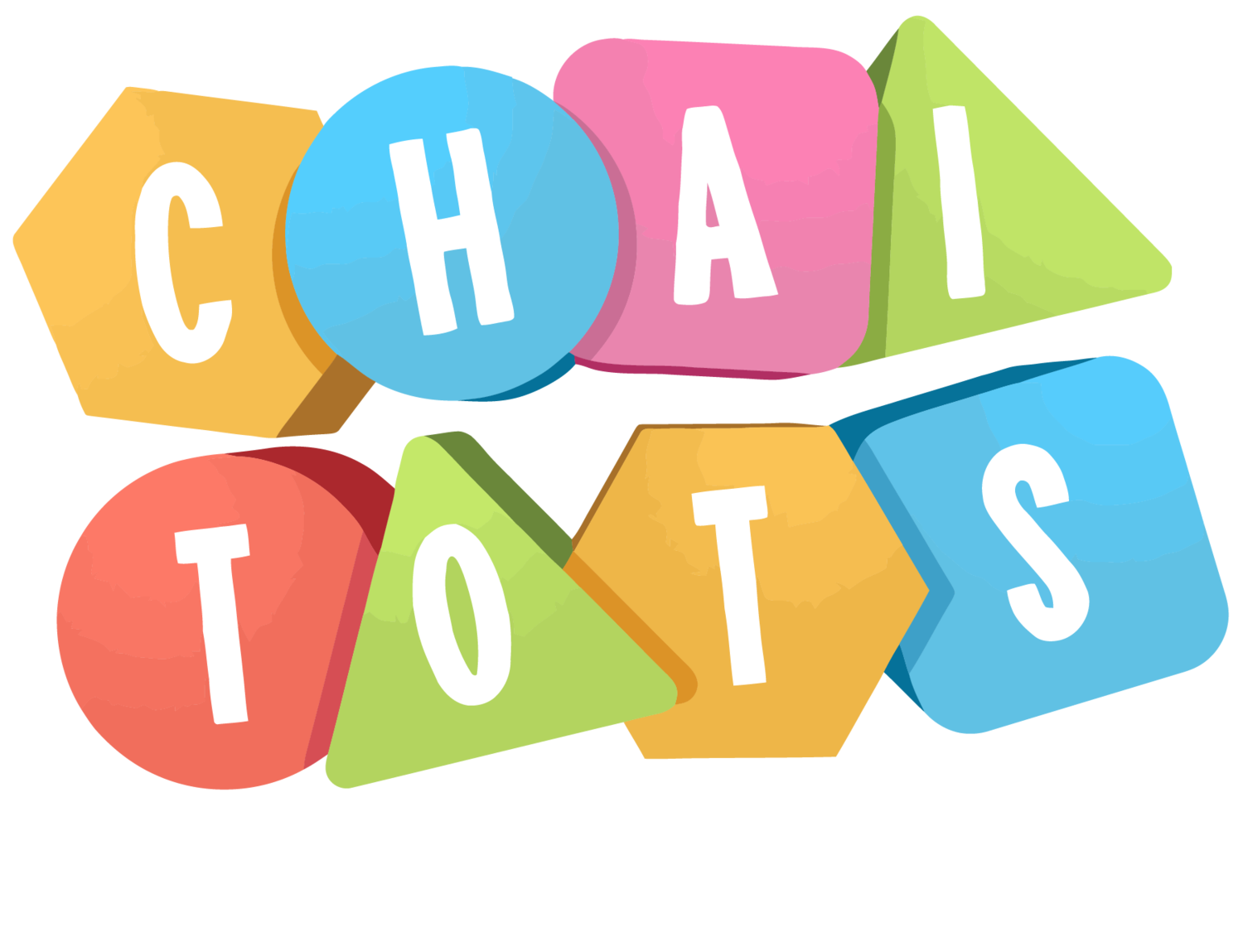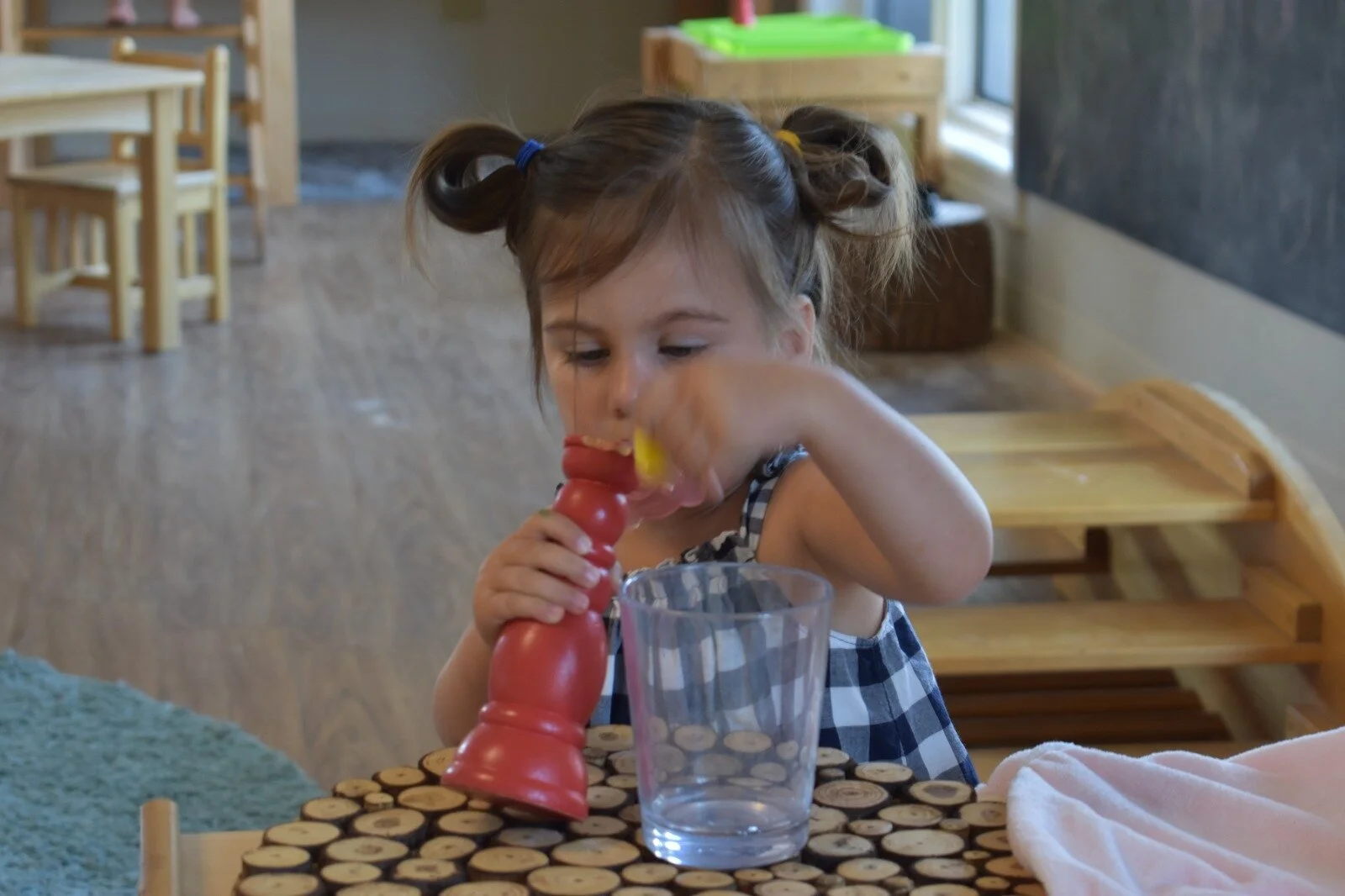Live & Love Montessori
Nap Time Narratives with Morah Rachael:
Squeezing in a blog post here and there during the sacred nap time. Grab a snack, tiptoe over, and join me as I discuss living and learning through the Montessori method in the modern world. I’ll show you how to ‘live & love Montessori’ through my experiences teaching and parenting young kids. Shhh, don’t wake the baby!
Toilet Learning
2.20.20
Multi-age Classrooms Part III
I can tell you from experience that potty training (or “toilet learning,” in Montessori-speak) can seem so hard. Ironically my first child was the easiest, and my last child has been the toughest. We’ve had a lot of changes at home so I’m chalking it up to that, and following her lead. It can be very frustrating, but also a learning experience— for both of us… “Patience, mama,” I repeat to myself. I remind myself, “The days are long, but the years are short.” Such a real, poignant quote about parenting.
In the Montessori infant room, we routinely talk through diaper changes. This gives language, vocabulary and conversation, to the task. We say exactly what we are doing, and ask for permission in an appropriate way. “I’m going to change your diaper now; is that ok with you?” Of course an infant can’t answer back with words, but through eye contact and body language, we are establishing a mutual respect. This teaches the child that his body is his. It’s never too early to learn body safety and have body awareness.
Changing a diaper is an opportune time for eye contact, smiles, and language!
In our Montessori Toddler room, we have both young and older toddlers. From new walkers to almost 3 years old-- this room contains a wide range of developmental levels. In the span of 2 years, toddlers learn to walk, run, and jump. They learn to speak words, phrases, and sentences. They transition from diapers to the toilet. That’s a ton of learning in such a young child! For a young toddler to be around slightly older peers and have these behaviors modeled helps the child master new skills more quickly and comfortably.
Changing diapers in a Montessori toddler room allows the child to be more involved in the process. We change a diaper with the child in an upright position, versus lying down. This signals to the child that he is transitioning to using the toilet, which is also an upright position.
Children gain independence on this journey by doing tasks on their own. All parents are well aware that toddlers like to “do it myself!” And toilet learning is no different.
Gathering his own diaper and wipes to take to the teacher, this two year old relishes in his independence.
Home tips
Instead of distracting your infant, use a diaper change time as a bonding time. Make eye contact, talk, sing, and smile!
For your toddler, help him become more independent by keeping diapers and wipes at his level. Involve him in the process. Try changing him upright so he can see what you’re doing. Change in the bathroom so he makes an association with action and location.
Hi!
My name is Rachael Thompson. My 3 kids keep me feeling simultaneously loved, tired, and busy. In between work, raising kids, and daily trips to Kroger, I might squeeze in a run, do home improvement projects, or take a nap in my minivan, in my workout clothes, in the Home Goods parking lot — the ultimate in Mom multitasking!







